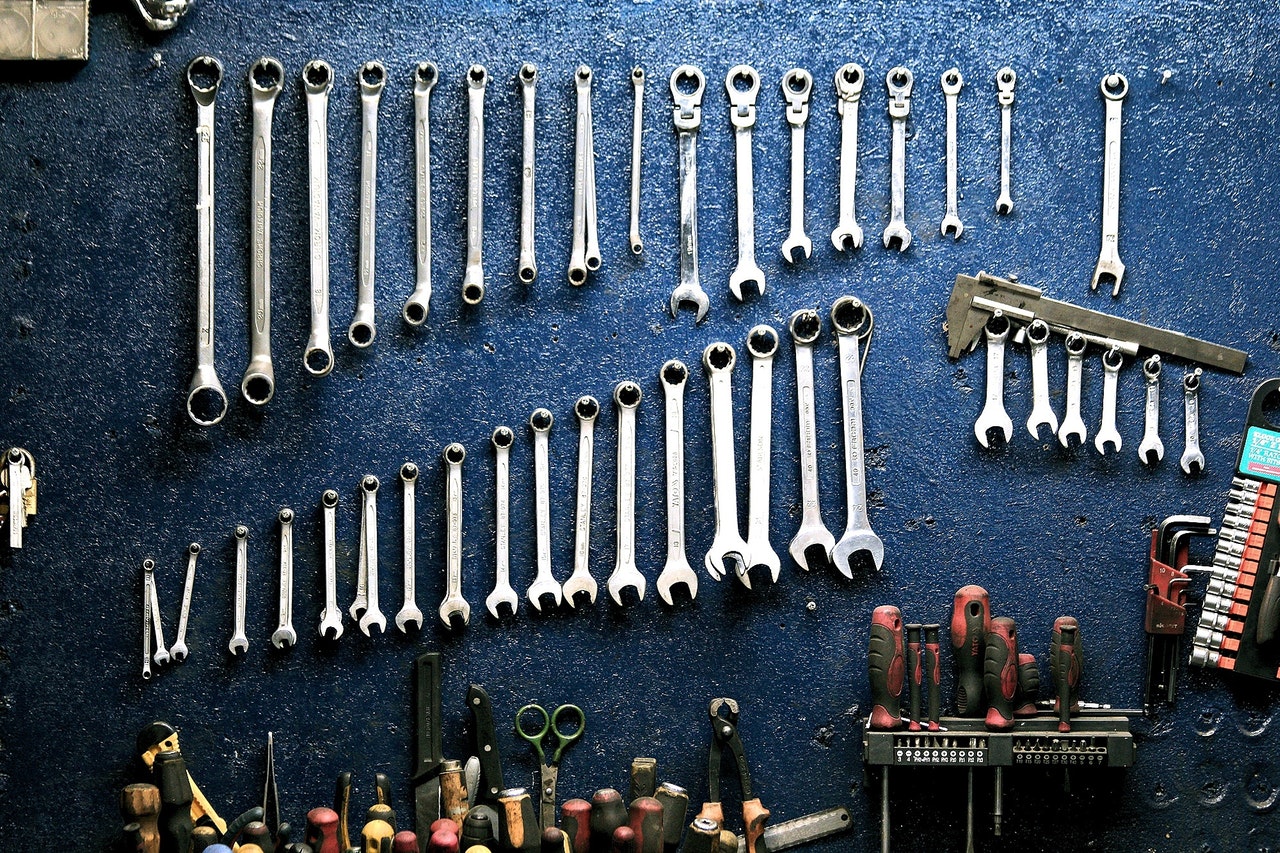When to use a slugging wrench and when a non-sparking tool? It is important to answer such questions before you start. In this blogpost, we explain how to make the right choice.
Humans have been using tools for a very long time. Tools are meant to make a job easier and help you to work more efficiently. Improper use and care will prevent you from enjoying the benefits of tools. Whatever work you do: It is always crucial that you select and use the right tools for the respective applications. Otherwise, you will not be able to do your job as quickly, effectively and safely as possible and your competition will find ways to get ahead of you. Not spending enough time carefully thinking about what the right tools for your maintenance activities might be comes with a lot of risk.
You risk wasting a lot of time that could be used more efficiently and productively, and you also increase the risk of injuries to you or your coworkers with potentially severe consequences. Ultimately, the success of your company at least partially relies on how you pick and use your tools. This is especially true for maintenance work. Maintenance keeps the infrastructure of a company running and prevents accidents and other misfortunes that might result in huge setbacks for the company.
Suitability is key
The main rule you should consider is the following: Always choose tools that are well-suited for the work you want to use them in. Nowadays, there are many different tools specifically designed for specific uses, and you should take advantage of that. Inform yourself on what kinds of tools there are, and you might just discover that there are specific tools for applications you didn't know there was a specific tool for. There are probably more kinds of striking tools, wrenches, pliers and other tools than you can think of right now.
It might be tempting to use tools for lots of different kinds of work so you don't have to buy as many tools and don't have to switch between tools a lot, but you may well pay a high price for this. If you have to do work that could best be done with a hammer, get a hammer to do it and don't use a wrench or anything you think might also be able to accomplish the desired outcome.
Think about size and environments
When it comes to choosing the right tools, it's als important to keep in mind that it's not just about function, but also about size. You should, for instance, never try to tighten bolts with a wrench of the wrong size or to cut metals that are too heavy for the snips you are using. There are different versions and sizes of all kinds of tools that fit different kinds of work.
Choosing the right tools also entails that you consider the properties and specific dangers of the work environment you do your maintenance work in. There are tools made with specific work environments in mind. For example, if you work in a potentially explosive environment, you can get tools that are designed to minimize the danger of explosion. They are made of special materials, not allowing for sparks and static electricity.
Efficiency and safety with the right tools
If you pick tools that are well-suited to the work and environment you want to use them in concerning their function, their size and their material properties, you can significantly increase your efficiency and your safety at work. AMPCO SAFETY TOOLS exists to help you do exactly that. Our tools are made with your work and work environment in mind and can provide you with the efficiency and safety that you need to be successful in your line of work. Do not hesitate to contact us if you would like to know more about AMPCO SAFETY TOOLS.
Download "The Ultimate Guide for the Appropriate Use of Safety Tools" right now for free.




